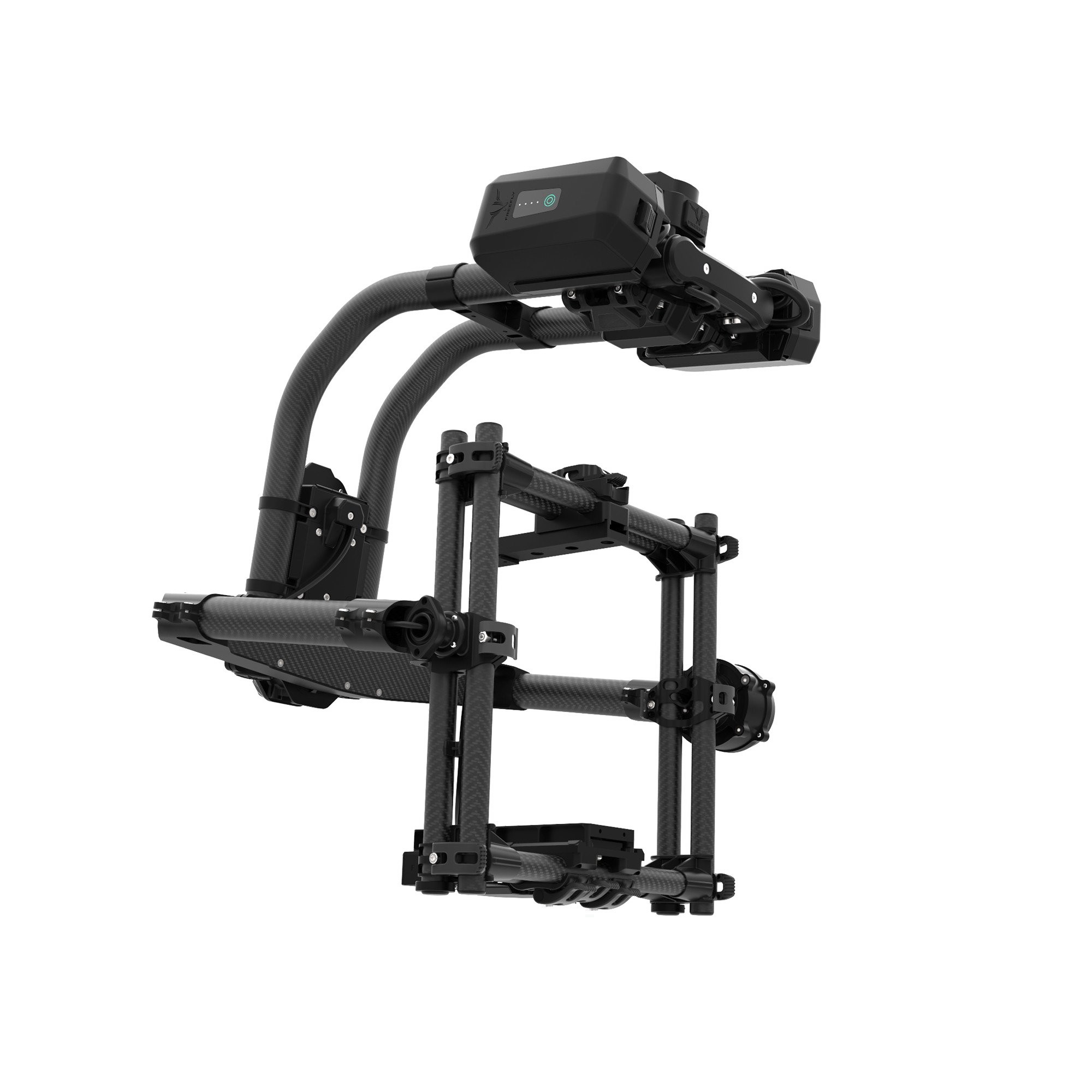


In this pipeline, the myocardium is counterstained using fluorescent dyes and the cardiovasculature is labeled using transgenic markers. Here, we propose a pipeline for labeling and imaging myocardial and vascular structures.

Obtaining various structures of the entire mature heart at single-cell resolution is highly desired in cardiac studies however, effective methodologies are still lacking. Together we show that there are two types of dopaminergic prediction errors that work in tandem to support learning. Computational modeling and experiments demonstrate that action prediction errors cannot support reward-guided learning but when paired with the RPE circuity they serve to consolidate stable sound-action associations in a value-free manner. Causal manipulations reveal that this prediction error serves as a value-free teaching signal that supports learning by reinforcing repeated associations. Here we use an auditory-discrimination task in mice to show that movement-related dopamine activity in the tail of the striatum encodes the hypothesized action prediction error signal. Theory suggests these strategies may be reinforced by different types of dopaminergic teaching signals: reward prediction error (RPE) to reinforce value-based associations and movement-based action prediction errors to reinforce value-free repetitive associations. The methodology presented here paves the way for a comprehensive functional characterization of the evolution of fear memory.Īnimals' choice behavior is characterized by two main tendencies: taking actions that led to rewards and repeating past actions. This approach highlighted a strong sexual dimorphism in the circuits recruited during memory recall, which had no counterpart in the behaviour. This method allowed us to quantify the evolution of neuronal activation patterns across multiple phases of memory. In this context, we developed the BRAin-wide Neuron quantification Tool (BRANT) for mapping neuronal activation at micron resolution, combining tissue clearing protocol, high-resolution light-sheet microscopy, and automated 3D image analysis. Understanding memory dynamics presents fundamental technological challenges and calls for the development of new tools and methods able to analyze the entire brain with single-neuron resolution. Indeed, knowing fear circuitry could be the turning point for the comprehension of this emotion and its pathological states, even addressing potential treatments. Fear responses are functionally adaptive behaviors that are strengthened as memories. The neuronal and molecular mechanisms underlying behavioral responses triggered by fear have received wide interest now, especially with the surge of fear-related disorders associated with the recent Covid-19 pandemic. This open-source technique will allow quantitative analysis of the fundamental unit of the brain on a whole-brain scale. BoutonNet was compared to expert annotation on a separate validation data set and achieved a result within human inter-rater variance. This detector uses a two-step approach: an intensity-based method proposes possible boutons, which are checked by a neural network-based confirmation step. To automatically detect labeled boutons in slide-scanned tissue sections, we developed BoutonNet. Our histologic pipeline labels boutons with high sensitivity and low background.

In this paper, we describe a pipeline optimized to identify anterogradely labeled presynaptic boutons in brain tissue sections.
#Movi pro brainbo manual
Neuroscientists use genetic anterograde tracing methods to label the synaptic output of specific neuronal subpopulations, but the resulting data sets are too large for manual analysis, and current automated methods have significant limitations in cost and quality. Neurons emit axons, which form synapses, the fundamental unit of the nervous system.


 0 kommentar(er)
0 kommentar(er)
